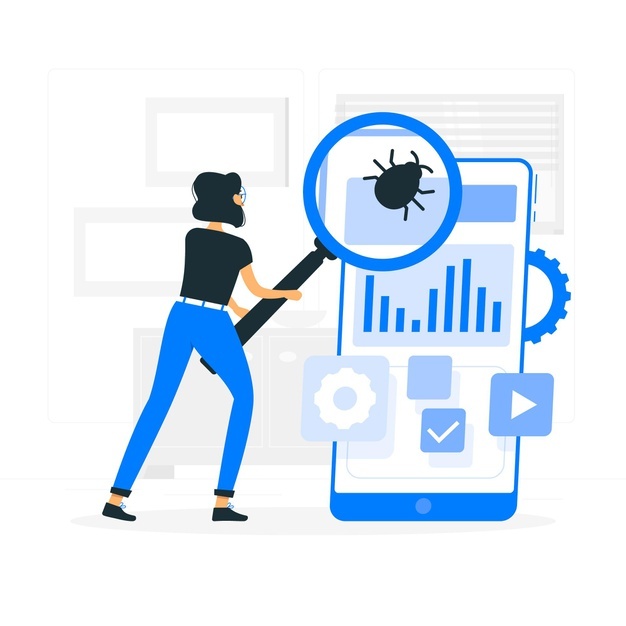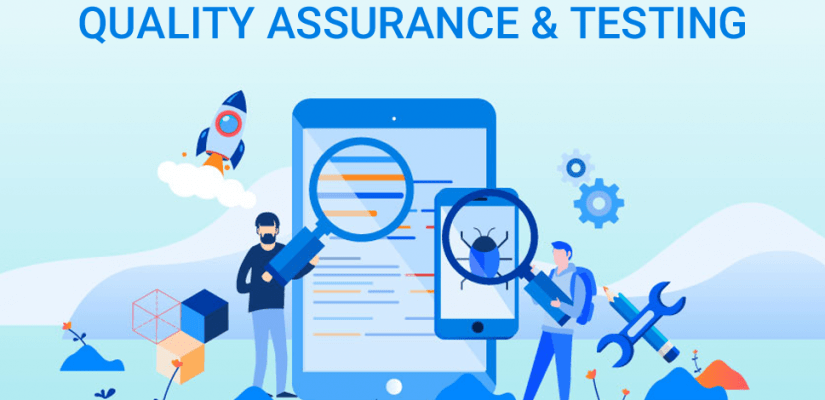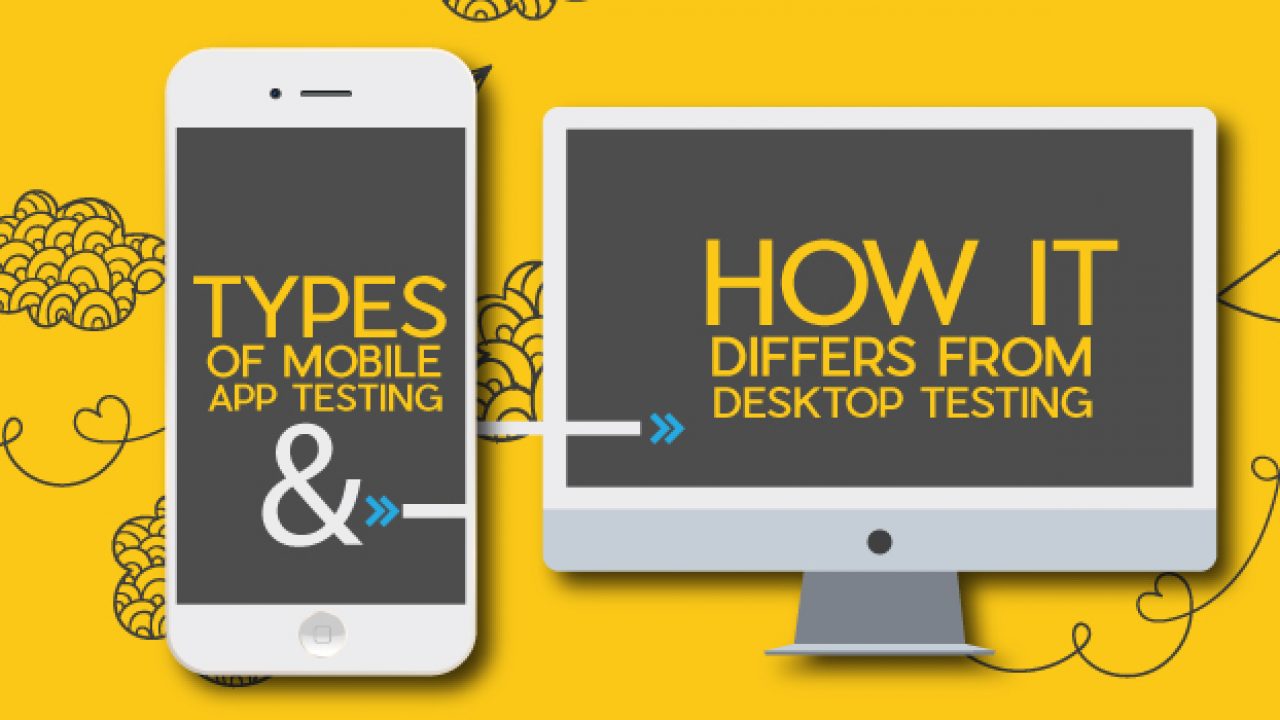With the growing software and application industry for mobile phones, testing their working on the various operating systems and mobile devices becomes essential. The developed application should effectively work on mobile phones with different brands, screen sizes and various models. Still, they should be compatible with all the operating systems such as Android, iOS, Windows.
This can be achieved by availing iOS or Android app testing services from an experienced and professional Mobile app and Software Testing service provider.
Here, in this blog, we will primarily discuss how mobile application manual testing can be helpful for QA Testers.
-
Test On Real Devices
Start with TestingTesting on the actual mobile phones or on a platform that offers an extensive range of real mobile phone iOS and Android devices to test your application.
All you need to do is register yourself on an actual device, Cloud- say BrowserStack. Now upload your application that needs to be tested and select the operating system and the mobile phone you wish to use for TestingTesting.
Conducting tests on these devices in a natural environment will give you the actual insights and app behavior.
-
Look for Real Scenarios
Based on the functionalities you want to include in your mobile application or on what QA testing scenarios you would like to test, pick up an appropriate mobile phone that comes with ease and comfort.
Then, on this easy-to-use platform, choose the device model that best suits your requirement. This will save not only time but also the efforts of software testing service providers.
Once you are done choosing the device, test your application on it by effectively following some easy steps to find out the bugs or any other faulty areas of your app. These comprehensive yet straightforward steps will help in achieving desired results.
-
Testing on Simulators
This one is an extensive process where the Quality assurance manual Testers will need first to plan and identify the type and number of mobile phones that their app needs to be tested on and then one by one download the emulator for each one of them.
This is a time-consuming process that can even lead to inefficient results in the final testing stage. Hence, this can be useful in the initial phases of app building and Testing.
-
Test the application on actual mobile phones
If you don’t have access to real devices or want to test them across mobile devices, go for virtual device testing. For conducting manual tests, IBM’s cloud platform – Rational AppScan, is an excellent choice. It helps testers quickly identify bugs and defects by way of efficient and in-depth android app Testing services.
-
Automate the process with Appium
Going by the current trend, it has become essential for mobile app testing companies to automate tests. The best approach for this is using Real Device Cloud and Appium.
An open-source test automation framework that can work on any Mobile operating system or browser. This enables testers to run tests on real devices, and simultaneously, they can also automate the process without any obstacles.
-
Increase the number of features being tested
It has been seen that QA testers tend to test a few selected features rather than testing almost all the features of an app at a given time. Thus, while it is suitable for a manual tester to test a particular feature, it is better to test all the features at once and then move on.
This will ensure that your application is tested thoroughly and effectively for all the possible eventualities and conditions that might arise if the user has access to your app’s features.
-
Get hold of any automation testing tools like Selenium or QTP
These are the testing tools that can help QA Testers perform automated tests concerning multiple devices and browsers. This will ensure that your application is tested thoroughly across various possible combinations of browser versions, operating systems etc.
Testing on multiples devices at once will also minimize the delay in delivering applications to the customers, for which app developers will get more time for testing and working on the new features. This will also allow them to launch apps quickly in the market.
Final thoughts:
Now that you know why mobile application manual testing is also essential besides automated. Employing effective Mobile Application Testing strategies is a good option for QA Testers who focus more on manual testing than automation while developing quality software applications.
For this, you need to have a proper understanding of the software development life cycle and follow some effective strategies for manual testing to get hold of bugs and defects quickly.
We are a team of highly efficient, professional, experienced and capable QA Testers. Connect with team HikeQA today to know more about mobile application testing for your product.

















